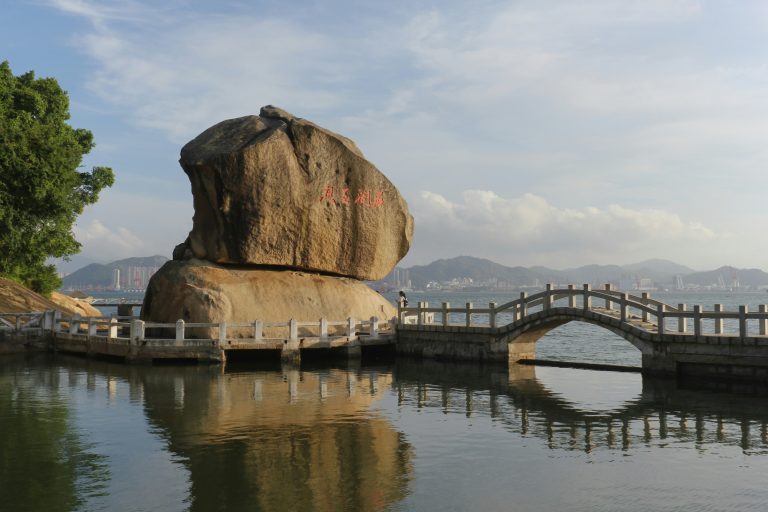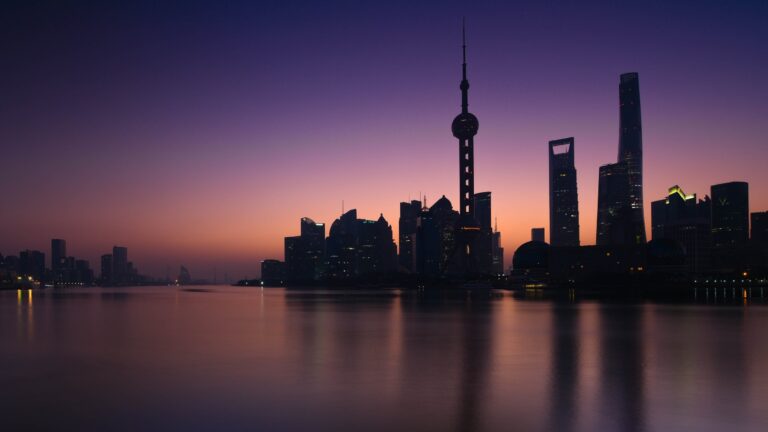
Yang Mingdao is the collective pseudonym for Chinese staff within China Partnership. See part 2 of this series written by an American living in China working to strengthen the Chinese church.
Today is February 1, 2018; when the new religious regulations officially take effect. It is an important date for Chinese unregistered churches, and for officials of the TSPM, the department of religious affairs, local police station, and other government agencies. Now they have a new rule to follow and new income to gain by fining disobedient citizens. The new religious regulations were drafted last year and officially signed in August 2017. Like most regulations, they went through a whole process of revision. But, it was just a process. Like all other regulations, they passed smoothly, regardless of opposition from “real people.” The aim of the new regulations is Christianity; more accurately, unregistered churches in China. The new regulations are explained with a simple sentence: “I decide what you can believe or what you can practice.” The Party, or government, needs to take control of people’s religious beliefs.
The regulations provide a lawful base for the government to persecute unregistered churches. Christian churches in China now face a new wave of persecution after nearly thirty years partial freedom. Some pastors and church leaders predicted this kind of persecution a long time ago. For them, the new regulations are merely another scheme of satanic attack. Others feel devastated. They believe that a new cultural revolution is happening right under our eyes. China is retrogressing religiously while progressing economically.
The rest of Christians simply ignore the new regulation. Their reason is simple: it is just another movement. It will start strong and cease fast. We are used to living in the grey area, and we will continue whatever and whenever we can. People call them the “Old Guerrillas.” While the Western world is wondering what persecution is, the Chinese churches have already adopted this style of religious life. “Tea talk” is a part of the weekly or monthly routine for leaders of unregistered churches. Threats from local officials have less effect month by month. Many officials cannot figure out why they need to spend so much effort to pressure these people who are examples of good citizens.
Most former religious regulations and rules ended with no results. Alarmed churches moved to new places and continued to have worship services. Leaders were taken into custody for a month or a year, then after being released they resumed their churches. The battles never stopped. Unregistered churches have remained unregistered and the number of Christians is growing every day.
So the problem must be addressed. The government continues to try different methods. The new regulations are another trial solution. The government hopes that it will bring better results, or at least, the regulations might bring some kind of comfort and peace to high ranking officials.
But scripture gives clear direction regarding persecution. Throughout the centuries, persecution has taken different forms. But the goal remains unchanged: stopping the spreading gospel. There are four things we need to understand about persecution. First, persecution is Satan’s means for destroying the church of Christ. Second, persecution won’t last long. It is episodic and it does not last forever. Third, persecution is allowed by God. In his due time, God will deliver his people. Fourth, persecution strengthens churches. The church of Christ is a burning bush. It burns, but it is never consumed. Jesus is always with his church and he protects his church.
How do we respond to the coming persecution? Face it, embrace it, and stay above it.
First, face it. Christians should always prepare to suffer for the gospel’s sake. Suffering is a part of the Christian life. Everyone suffers in the world due to either the sin of whole human race or personal sin. But, suffering for righteousness and for the glory of God is encouraged in scripture.
Second, embrace it. Instead of running from persecution, Christians should embrace it. Christians live with loving hearts to embrace those who persecute them, pray for them, and love them since they don’t know what they are doing. The fire did not consume the bush; it burned the bush, but the bush wasn’t consumed. Persecution will burn the church, but the church will remain and shine in the dark world. It will become a strange phenomenon, causing people to think about God and respond to the gospel.
Third, stay above it. When the darkness comes, people easily become disoriented. They forget that above the dark clouds the sun is still shining. When persecution comes, Christians must stay above current circumstances and see the bright sunray through the dark clouds. God is still in control and he reigns over the whole of human history. Persecutions and suffering are trials to test the true joy and hope in true believers.
It is easy to talk about someone’s suffering. But what can the Western churches do? Scripture teaches us, “Rejoice with them that rejoice; weep with them that weep” (Romans 12:15). We must feel the pains of others if we have godly compassion in us. It is a good time to reflect our own relationship with God. What do we need to do? I suggest each one of us go into our rooms, close our doors, and kneel before God to pray for the suffering of our brothers and sisters in Christ. May the Lord strengthen them and protect them, and may the Lord test our hearts and find his compassion within us.































